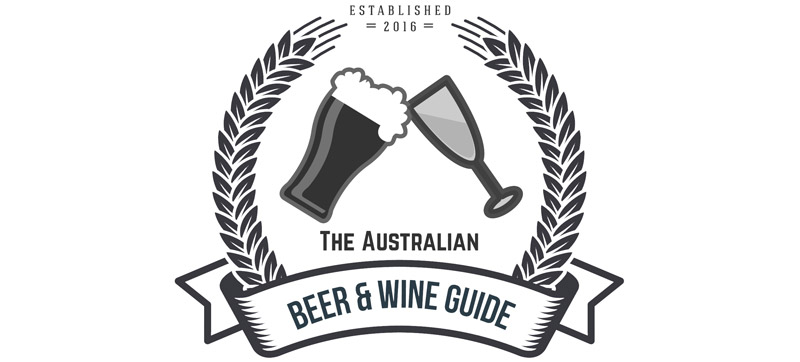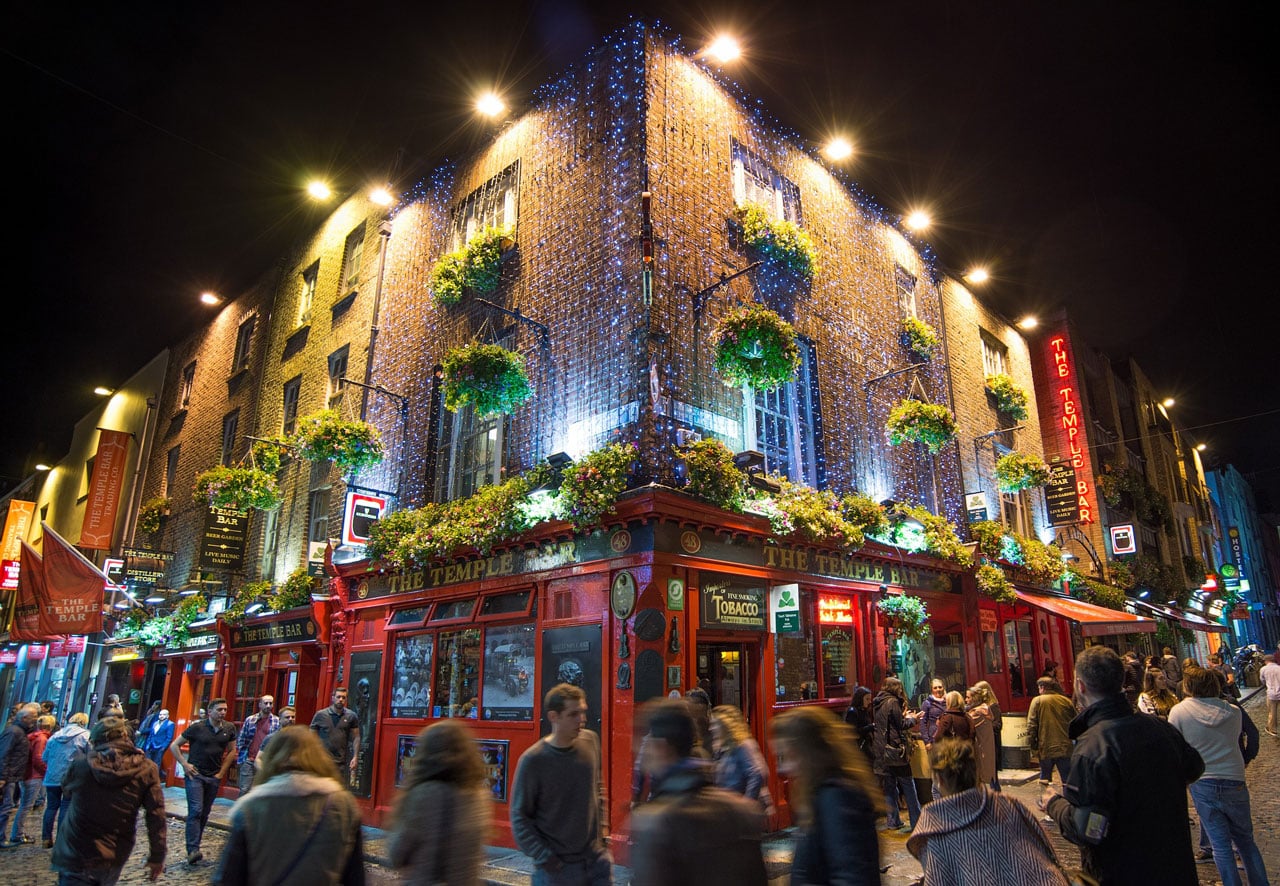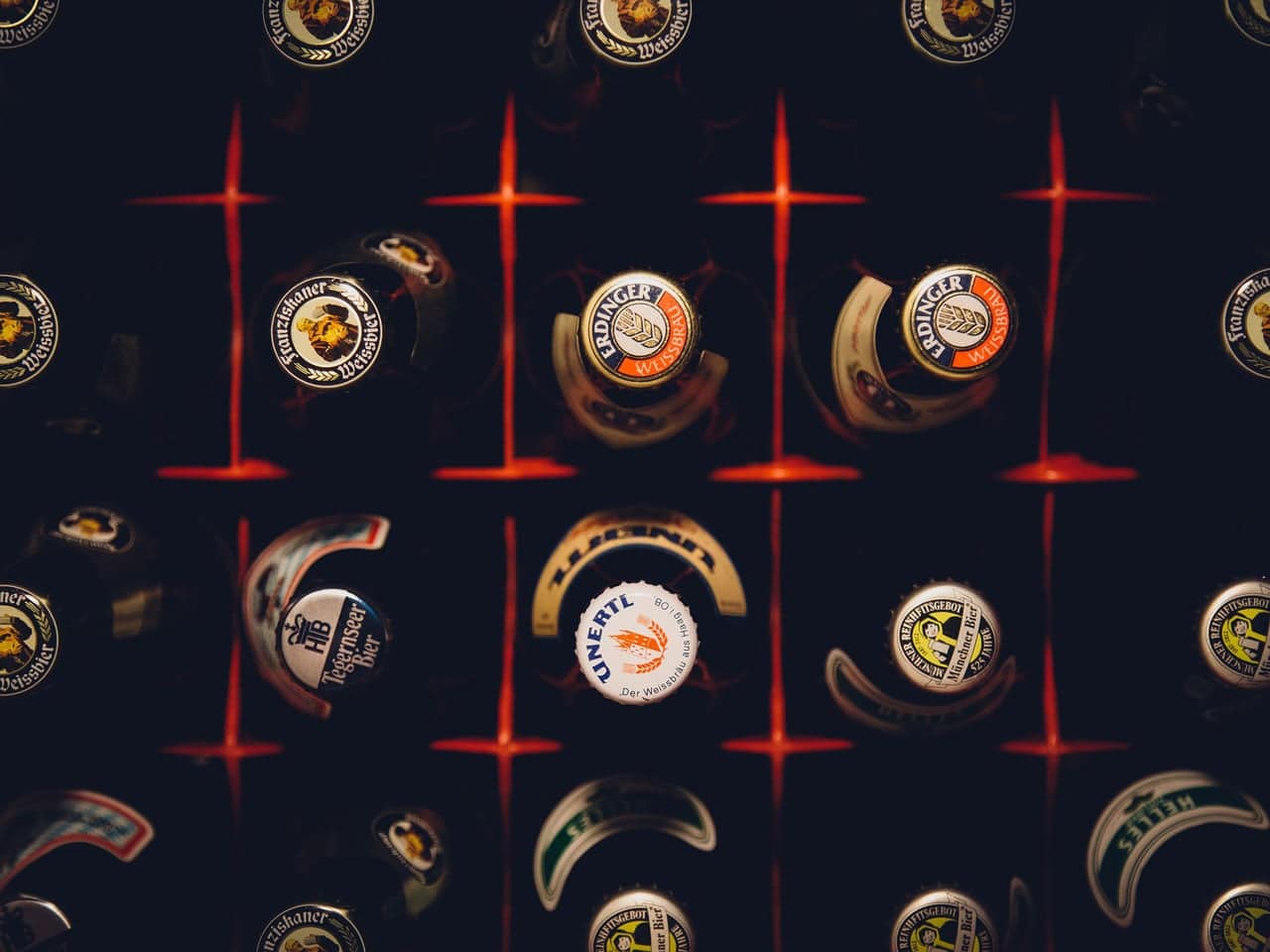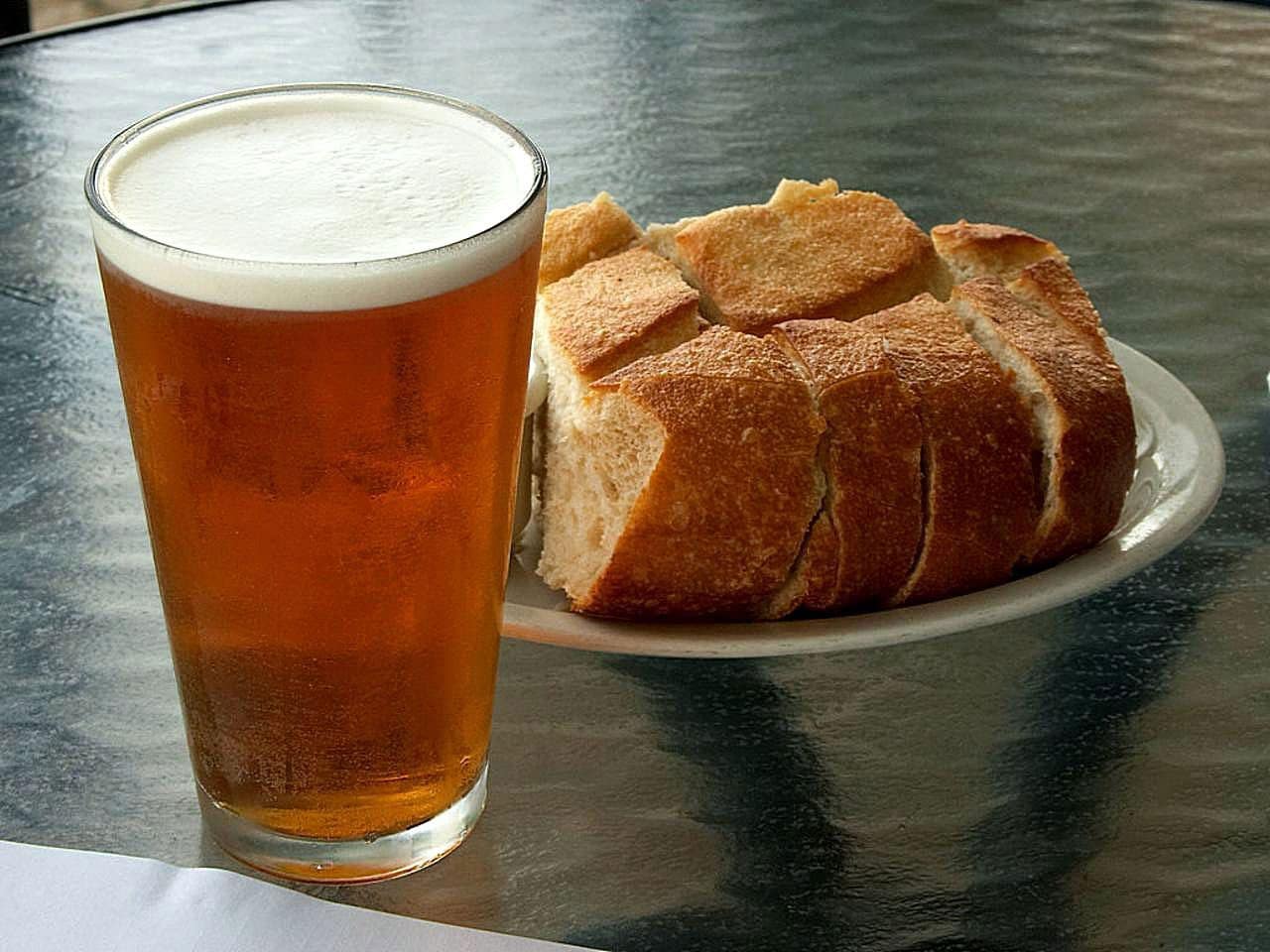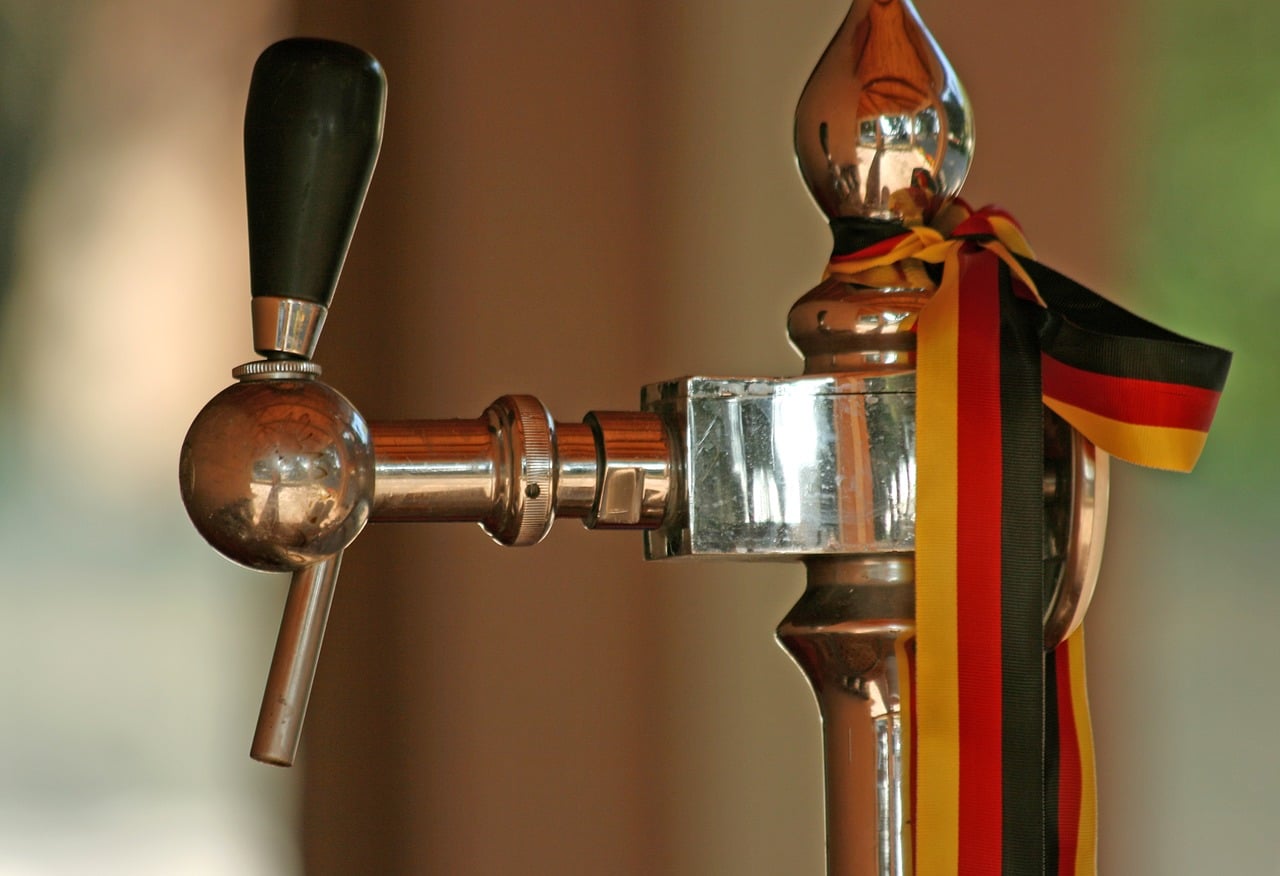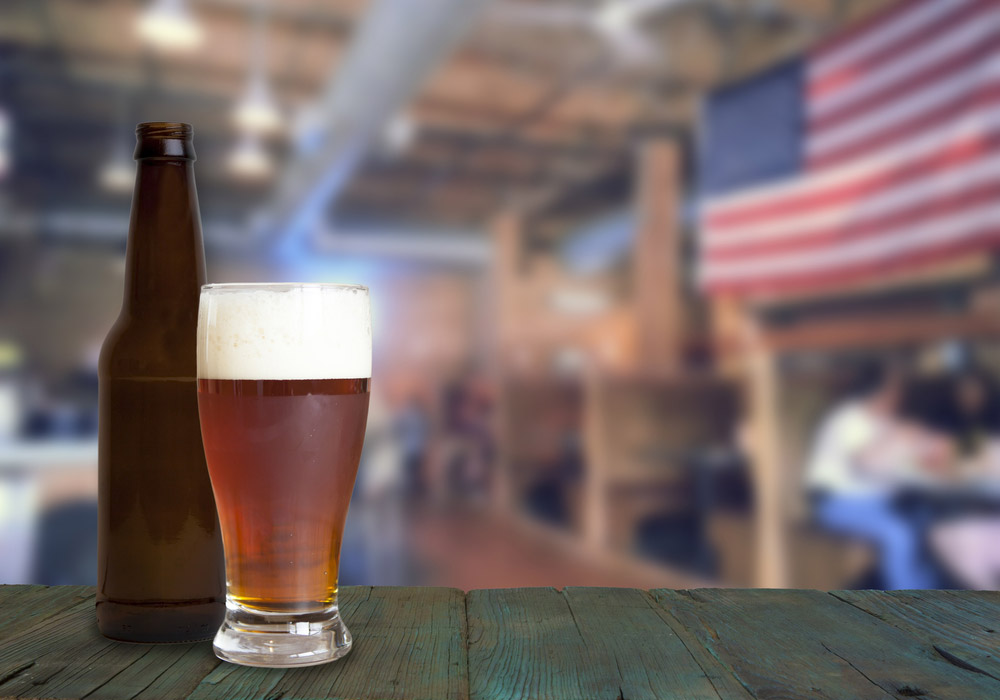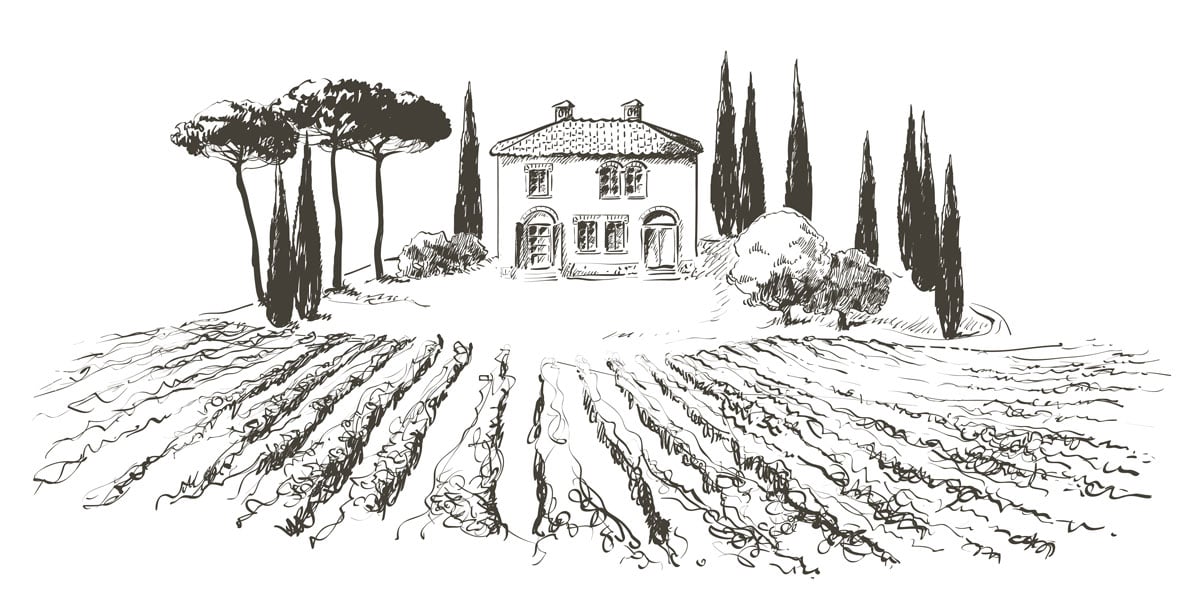In a country where sake is so well known, it might be surprising to find that beer is by far the most popular alcoholic beverage in Japan. Originally introduced by the Dutch in the 17th century, beer has become a Japanese favourite, and since the early 19th century when local brewing began, the product has evolved with characteristics that are distinctly Japanese. Within a few generations of initial brewing, beer had become readily accessible throughout Japan and a huge range of beers are now available even at local convenience stores.
Continue Reading…The Irish are well known for their love of Guinness and other stout beers that are thick, dark and frothy. Further investigation reveals that stout is only part of the Irish beer culture, accounting for one third of beer consumption on the Emerald Isle. Lager is the overwhelming favourite among Irish beer drinkers, resulting in around 60% of all production, while ale takes 6% of the market share. Irish beer, especially Guinness, has become incorporated as part of Irish folklore alongside the shamrock (clover), leprechauns and traditional music celebrations. The number of Irish breweries has dropped significantly during the past century, although microbreweries are on the rise and some of the world’s most iconic beer brands are still in production.
Continue Reading…Drinking and eating are the two major ways we provide nourishment to our bodies. All foodstuffs and drinks, including even water, are best served when they are at their peak of flavour and nutritional value. Different products diminish in quality over time, influenced by various factors, and beer is no exception. Not everyone knows how to store beer properly, how long it will keep in premium condition, or if it is safe to drink a beer that has been shelved for an extended period of time. So if you have discovered a treasure-trove of long-forgotten beer in your garage or basement, this article will shed some much-needed amber light on the subject.
Continue Reading…If you visit a bakery or restaurant for any period of time, you will encounter customers enquiring about gluten-free items. Many of us might feel inclined to dismiss their request as yet another faddish trend or health-kick based on new-age propaganda, but in actuality gluten intolerance is a very real occurrence that is especially felt by those suffering from celiac disease and dermatitis herpetiformis. Some people even avoid drinking beer due to fear of gluten, and might prefer alternative alcoholic beverages. So what is gluten, and is beer gluten-free?
Continue Reading…Among countries where beer is a significant feature of cultural identity, Germany stands tall. From famous brewing regions, world renowned festivals, and a prohibition-free history of production since the bronze age, beer has been consistently identifiable with the German people. Germany boasts around 1,200 breweries and 5,000 styles of beer, with pilsner holding a 60% market share around the country. However, local allegiances are strong, and favouritism for local beer varieties ensures the beer produced in regional homelands has a dedicated following.
Continue Reading…There are more than 3,000 breweries in the USA and although the majority of beer drunk by Americans is produced by large-scale manufacturers, the craft brewing industry is booming. Beer is the alcoholic beverage of choice for most Americans, outstripping the sale of wine and spirits, and brewers are producing a greater range of styles than ever before. Beer is big business in America, and although once derided for producing only pale lager, America is now a brewing powerhouse capable of capturing a sizeable share of the global beer market.
Continue Reading…Red wine is the perfect companion for special occasions. It is sipped at a leisurely pace that invites a growing sense of happiness and camaraderie among friends. Red wine relaxes inhibitions, fosters conversation and stimulates the mind and body with a warm and comforting glow. Speaking of temperature, did someone just say they prefer their red wine chilled? All eyes turn to the culprit as the convivial conversation quickly escalates into a debate, then a riot, as the sacred principle of warm red wine is foolishly challenged.
Continue Reading…The vast Australian continent is home to incredibly diverse climate zones that have resulted in surreal desert landscapes, tropical rainforests and snow capped mountains. Huge expanses of the country are also dedicated to agriculture and farming, which has been the backbone of the Australian economy since foundation of the nation.
Continue Reading…Somewhere between the well known red and white wines is the increasingly popular yet understated Rosé. This pink tinged wine has seen an increase in sales of over 50% in the last 4 years as it pairs with just about any meal, is not as heavy as a Red Wine and can be mixed to make wonderful cocktails! Wine cocktails are going to be in the spotlight in 2020, as bartenders try new mixes with Rosé and sparkling pink wines.
Rosé is considered to be widely affordable and can be sold at a lower price thanks to a shorter maturing time than other wines. Rosé is making a huge impact on the wine industry with recent trend reports predicting that bottles of a Rosé and Prosecco mix could be hitting the shelves before the end of the year.
The overall result, a diverse, fruity, dry wine that is trending with the younger consumer group who enjoy creating everything from Sangria to Wine Spritzers. According to Food Network, Rosé means less worry about varieties and vintages than with reds or whites; all you have to say or look for is ‘Rosé’.
So just which Rosé wines are the most popular? Let’s take a look.
Check Rosé Wines Under $20 Online
What are the popular varieties of Rosé?
Shopping for a Rosé, like any wine, can prove overwhelming. The wide variety of choice doesn’t make it any easier. To help, we break down the five most common varieties of Rosé.
Pinot Noir – Certainly one of the most commonly found pink Rosé wines on the market, the Pinot Noir is a dry Rosé with earthy flavours like stone fruit or mint. This means it goes fantastic with grilled meat, seafood and pasta. Pinot Noir is a favourite pairing with lamb or chicken dishes.
Merlot – A Rosé Merlot or White Merlot has a very crisp and light flavour. It is finished with fruits such as cranberries or plums. It is the perfect accompaniment at a summer BBQ.
Moscato – A Pink Moscato is wonderfully delicate and versatile. It pairs well with a variety of flavours including lemon, cherry, orange, pomegranate, vanilla and honeysuckle. Don’t mistake Moscato for a sweet drink, like all Rosé wines, it is still considered dry. Serve alongside Chinese or Thai cuisine to compliment dishes with plenty of spice.
Grenache – This is a pale pink wine with a strong aroma derived from a mixture of fruity and floral notes. These acidic flavours make Grenache the ideal Rosé to serve with Seafood or Salads.
Cabernet Rosé – An aromatic and light wine, packed with flavour, the Cabernet is wonderful with a cheese platter. A highly versatile wine flavoured with a bright flavour combination of cherries and strawberries; it can be enjoyed all by itself.
Where is the best Rosé wine from?
France certainly tops the list when it comes to the best Rosé on the global market. In fact, in this region, 1 in 3 bottles of wine purchased is a Rosé!
Since 1990, the consumption of Rosé Wine has continued to rise. In fact, it actually tripled in just 25 years. In Provence, making rosé is a speciality, and a longstanding way of life, thanks to Provence’s climate and varietals which are perfectly suited to this wine.
With a long standing history for the finest of Rosé wines, production from France has risen dramatically over the last decade. The most popular region in Provence is the Cotes de Provence on the south of Montagne Ste-Victoire.
How is Rosé made?
What are the secrets of Rosé wine? Are you curious as to how this delicate drink obtains its subtle pink colour?
Rosé can be crafted individually by almost any variety of red wine grape to adjust the colour. To make Rosé, the skins of the red wine grapes touch the wine for a minimal time in order to simply stain the wine. On the contrary, red wine can ferment over red grape skins for weeks; rose is done over a few hours.
Aside from its beautiful pink colour, Rosé can be flavoured with a variety of fruits and floral notes such as strawberry, melon and citrus. So how are Rosé wines made and why does it matter? Let’s look at the four most common methods of making Rosé.
Saignee or bleeding is the process used for high end Rosé wines. This method is when the weight of the grapes is used to essentially crush themselves in the tank. It creates a pale coloured wine that is known for being fresh and rich in flavour.
The second process is called Run Off and is at the other end of the scale, used to make a wine which is made from the juice that is taken from a tank of fermenting red wine. The juice is used to make the Rosé and is often intense in its flavour as it has been fermenting longer.
Limited Maceration is currently the most common way winemakers craft Rosé. The grape skins are left in the wine for as long as the winemaker chooses in order to get their desired colour.
Lastly is the technique of Pressing, or Presse. A basic method that involves pressing the grapes until the colour of the wine required is achieved. The juice from the pressed grapes is then used to make the Rosé.
A Buyer’s Guide To Rosé
Next we will answer some common questions buyers have about Rosé before we list our Best 8 Rosé wines under $20 a bottle!
What kind of wine is Rosé ?
Rosé is a pink wine with some of the qualities and flavours associated with red wine. It is lighter and fruitier in character.
Is Rosé wine red or white?
Rosé is typically a pale pink or salmon pink colour. Thanks to a rise in Rosé varieties you can find it in almost every shade of pink to red.
Are Rosé wines sweet or dry?
Rosé wines continue to grow in diversity and flavour as consumers enjoy this trending variety of wine. Typically Rosé is a dry wine, often with a crisp, fresh and even acidic taste. The sweetness of Rose comes predominately from the addition of fresh fruits such as strawberries, raspberries, rhubarb, citrus and spices. You can easily find a range of dry, sweet and sparkling Rose wines with something to suit everyone’s preference.
Dry Rosé wines include Syrah, Cabernet Sauvignon, Sangiovese and Merlot Rosé. Sweet Rosé wines are sweet or semi-and include White Merlot and Pink Moscato. If you are celebrating a special occasion, you might be reaching for a Sparkling Wine. If this is the case, try the Sparkling Rosé or the beautiful Sparkling Pink Moscato!
Food Pairing
Just about any meal can be paired appropriately with a glass of wine and Rosé is no exception. According to Wine Society – A chilled glass of Rosé is best paired with fish, grilled meats or vegetables, salads and fresh herbs.
What do you eat Rosé wine with?
A sweet Rosé goes surprisingly well with dessert pastries and fruit tarts. Dry Rosé matches perfectly with mildly spiced menus and cheese courses.
As a general rule, consider pairing sweet Rosé with lighter meals such as delicate salads. A Rosé with a rich flavour profile can be paired with grilled meats with spices and go well with Mediterranean and Asian cuisine. Rosé has long been a favourite pairing of seafood such as shellfish or with crusty bread and mild cheese appetisers.
Do you refrigerate Rosé wine?
It is recommended that similar to White Wine, Rosé be served chilled. Rosé is not a wine that gets better with age, so it is best served cold and enjoyed right away! According to Wine Magazine – White, Rosé and Sparkling Wine need a chill to lift delicate aromas and acidity. However, when they’re too cold, flavors become muted.
The Best Australian Rosé Wines Under $20
Here is an overview of 8 of the Best Australian Rosé Wines available for less than $20 a bottle.
Check Rosé Wines Under $20 Online
2019 Jim Barry Annabelle’s Rosé
Named after the arrival of his Grand Daughter, Annabelle, this Rosé comes from a family of winemakers. Derived from South Australia, the vineyards span over 320 acres in the Clare Valley and are famous for crafting some of Australia’s most premier wines.
The Annabelle’s Rosé has a pale pink colour and notes of red fruits, strawberries, pomegranates and red currant leaf.
2019 The Hidden Sea Rosé
The Hidden Sea Rosé has a pale pink colour, listed as Pale Salmon, and a bright taste. With notes of strawberries and cream mixed with clove spice, it is easy on the palette with a cleansing acidity. It is available in a Mataro, Grenache and Pinot Gris variety.
The Hidden Sea Vineyards are unique because they were once covered by the ocean and have mineral deposits in the soil which gives the wine its signature flavour profile. To give back to mother nature, The Hidden Sea are committed to removing the equivalent of 10 plastic bags from the sea for every bottle of wine purchased.
2019 Hay Shed Hill Vineyard Series Pinot Noir Rosé
This Rosé is part of the wonderful Vineyard Series that celebrates the character of the fruit grown on the classic vineyard site on the Margaret River.
The wine has a vibrant light pink colour and a savoury flavour profile from strawberries and Pinot Noir grapes. This is a dry style Rosé and it is also a Vegan friendly wine.
2019 Deep Woods Estate Harmony Rosé
Harmony Rosé is a part of the Deep Woods Estate wines grown in the Margaret River of Western Australia. The Deep Woods Reserve label is the ultra-premium range made entirely from estate-grown fruit and their wines continue to win multiple awards in the region.
This Rosé has subtle notes of wild strawberries and orange blossom giving it an overall savoury flavour that is textural and dry. The palest of pinks comes from the addition of pink grapefruit and is enjoyed on its own served chilled.
2019 Tahbilk One Million Cuttings Rosé
A light and crisp Rosé blended with ripe raspberries and cherries, Tahbilk One Million Cuttings Rosé is the perfect choice to enjoy on a summer night. Known as tabilk-tabilk, ‘place of many waterholes’ in the language of the Daung-wurrung clans, the first people, is home to this premier winery in Australia.
The fresh dry finish and pale pink colour is synonymous with the Tahbilk Rosé style.
2019 Picnic Rosé
The Howard Vineyard holds a reputation for their grape growing in the Adelaide Hills and the Estate grown Picnic, Clover and Amos wines are famous for their delicate notes and fruit purity. The Picnic Rosé is crafted from Merlot 46%, Cabernet Sauvignon 35%, Cabernet Franc 18% with grapes picked at night to ensure minimum colour.
It has notes of strawberry, blueberry, roses and spring flowers and the ripe berries give this wine a bright acidity.
2019 Risky Business Pinot Noir Rosé
Risky Business has blended the aromas of red berries, strawberries, raspberries and cherries to build a crisp and dry Rosé. Hand-made wines grown from grapes in the Western Australian vineyard in East Perth, this Rosé is made with fruits sourced from the Great Southern, Margaret River and King Valley.
The pale salmon-pink colour comes from the smoky cherries and the sweet fruits which gives a mineral acidity and a light sweet texture. This dry Rosé is ideally served slightly chilled.
2019 Longview Nebbiolo Rosato
The 2019 Longview Nebbiolo Rosato is a beautiful and very light rose-gold coloured Rosé that has a deep and savoury flavour. It is rich with notes of orange peel, ripe peach and musk followed by maraschino cherries and raspberries and finally a hint of rosewater. The flavour profile is refreshingly acidic and dry.
Longview is a prestige family-owned wine estate in the Adelaide Hills outside the historic township of Macclesfield. It is one of the most awarded vineyards in the region since its first vintage in 2001. The Nebbiolo Rosato is a follow-up Rosé to the award winning wine of 2018 and the 2019 version is the perfect update.
Final Thoughts
Rosé has most certainly seen a revival and it is likely not a passing trend. Now more than ever, you can enjoy a Rosé Wines from across the region at an affordable price without sacrificing on quality.
Rosé, with its delicate pink hue and sparkling bubbles can be found adorned in bottles almost too beautiful to open. It makes the perfect drink for any celebration, brunch or cocktail mixer and easily pairs with any menu.
Check Rosé Wines Under $20 Online
France is one of the largest winemaking countries worldwide, producing up to 8 billion bottles of wine per year. Simply put, it plays a fundamental role in the wine industry. The French are quite proud of their wine—and for good reason. Strict policies govern every wine region. All aspects of the production process, from the selection of grape varieties and blending to bottling and labelling, are rigidly regulated.
Let’s delve into the wines of France.
Continue Reading…